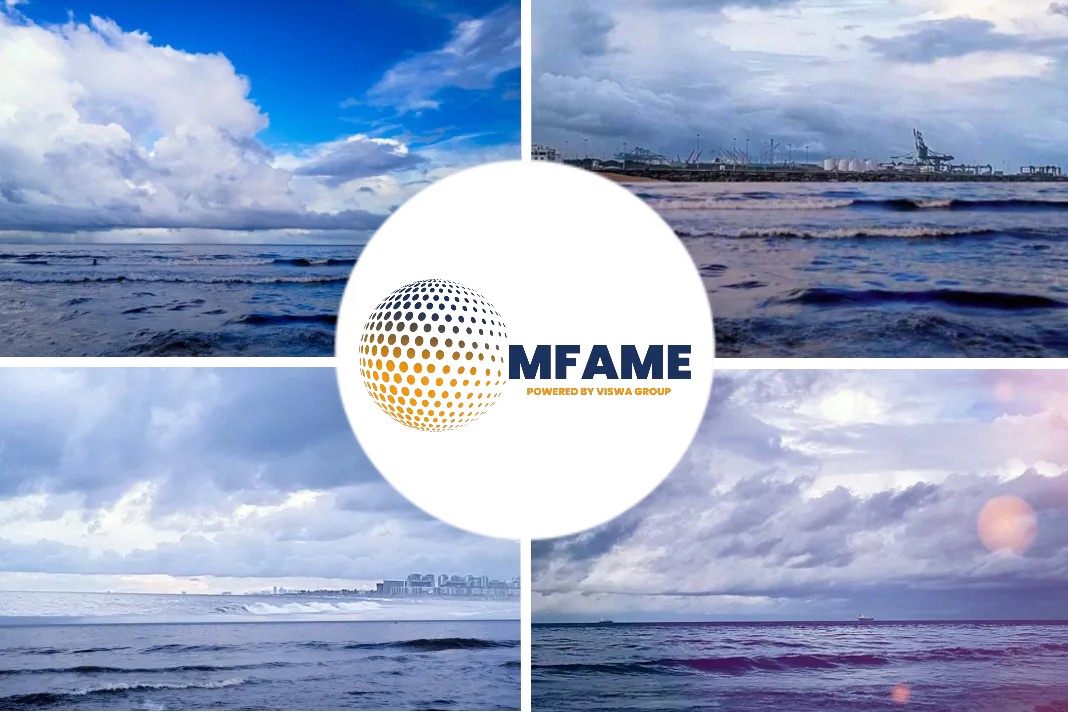According to the Drewry Maritime Reserach, the business case for retrofitting scrubbers will eventually “disappear” as the price spread between high sulfur fuel oil (HSFO) and low sulfur fuel oil (LSFO) will keep on narrowing, reports the Seatrade Maritime News, Asia Correspondent, Lee Hong Liang.
Scrubbers Advantage in the Long Run
While it will be financially sensible for shipowners to use scrubbers in the first few years starting 2020 when the IMO fuel sulphur rule is to be enforced, there is no long term benefit in the use of the exhaust gas cleaning system.
“Although there is still high uncertainty regarding the possible premium of LSFO over HSFO, the expected tight supply of the compliant fuels suggests that the premium will be strong enough to recover the cost of scrubbers within the first two years,” said Navin Kumar, director of Drewry Maritime Research.
“We expect the average price premium of LSFO over HSFO to be around $240 per tonne in 2020, which will gradually decline to close to $80 per tonne by 2023 once the LSFO supply improves. As the premium in the price of compliant fuel will narrow significantly after the first two years, the business case for retrofitting scrubbers will disappear in later years,” Kumar said.
How will the advantage disappear?
Based on Drewry’s bunker price forecast, a scrubber-fitted non-eco VLCC will earn around $12,500 per day more than a non-eco VLCC without a scrubber in 2020. However, the earnings premium of scrubber-fitted VLCCs will decline to around $4,000 per day by 2023.
Forecast diminishing annual savings of scrubber-fitted vessels on bunker cost ($ million); source: Drewry Maritime Research
As LSFO will continue to hold the price premium of around $75 per tonne over HSFO even beyond 2023, scrubber-fitted vessels will continue to earn more than non-eco vessels without scrubbers. Moreover, non-eco scrubber-fitted vessels will be able to compete with modern eco-vessels (around 15% more fuel efficient) even beyond 2023.
The shift in HSFO Availability, the reason?
In terms of HSFO availability for scrubber-fitted ships, Drewry highlighted that a recent forecast by International Energy Agency (IEA) eases the concerns of shipowners regarding the supply of the high sulphur fuel.
Despite the fact that a major chunk of the existing HSFO demand will shift towards the compliant fuel after IMO 2020, demand will still be strong enough to induce bunker suppliers at major ports to continue to offer HSFO, according to Kumar.
“According to the IEA, demand for HSFO will decline from 3.5m bpd in 2019 to 1.4m bpd in 2020, and will further decline slightly to 1.1m bpd by 2022 with the improvement in VLSFO supply (3.5% sulphur). Nevertheless, during 2022-24, HSFO demand will be surprisingly resilient at around 1.1m bpd, as vessels fitted with scrubbers will support demand. According to the agency, more than 5,000 vessels will be fitted with scrubbers by end-2024,” he said.
Ships with scrubbers so far
Currently, about 11% of the global fleet in terms of gross tonnage is either scrubber-fitted or pending retrofit. At the same time, about one-third of the vessels in the orderbook will be fitted with scrubbers. The share of scrubber-fitted vessels, including pending retrofit, in large vessels, especially tankers and bulk carriers is high, due to their higher bunker consumption.
“While the share is more than 20% for large tankers like VLCCs and suezmaxes, it is above 15% for capesize bulkers, which suggests that bunker suppliers at ports handling these large bulk vessels will continue to supply HSFO,” Kumar said.
Did you subscribe to our daily newsletter?
It’s Free! Click here to Subscribe!
Source: Seatrade Maritime News
























Thank you for reading and commenting sir. We try to bring as much news and perspectives available. Please follow and subscribe for more such meaningful articles.
Style puzzled about refiners strategy in coming period
How come they freely plan LSFO shortage whilst IMO rule comes in force within – months now ?
What the hell will they do with excess sulfur ? Do they will carry on selling HSFO to another industry in which case, sorry for the planet or do they will store sulfur extracted during conversion from HSFO to LSFO somewhere ?
So many still unanswered questions let think that some are still gambling on fact that IMO2020 wont be implemented